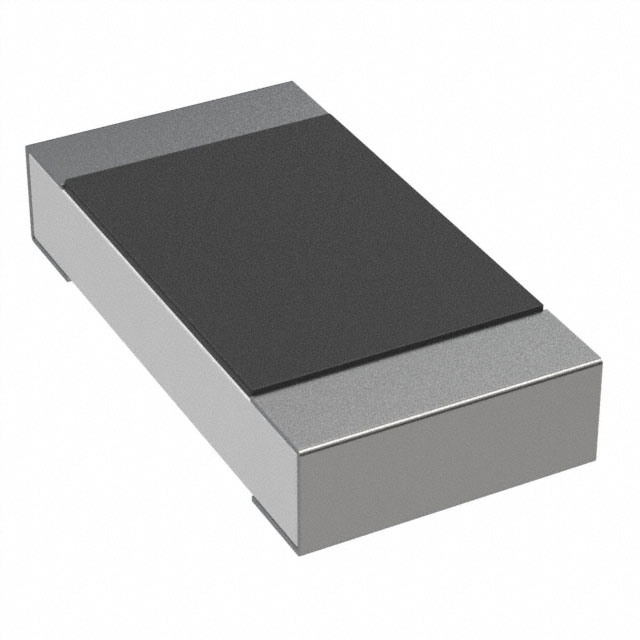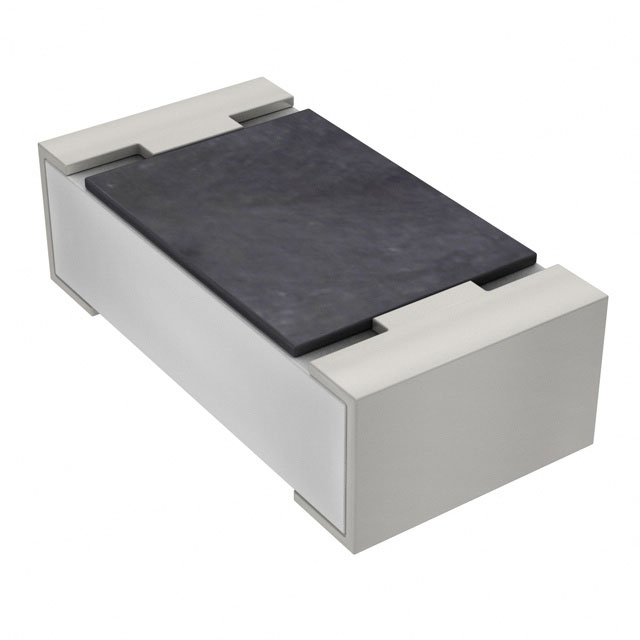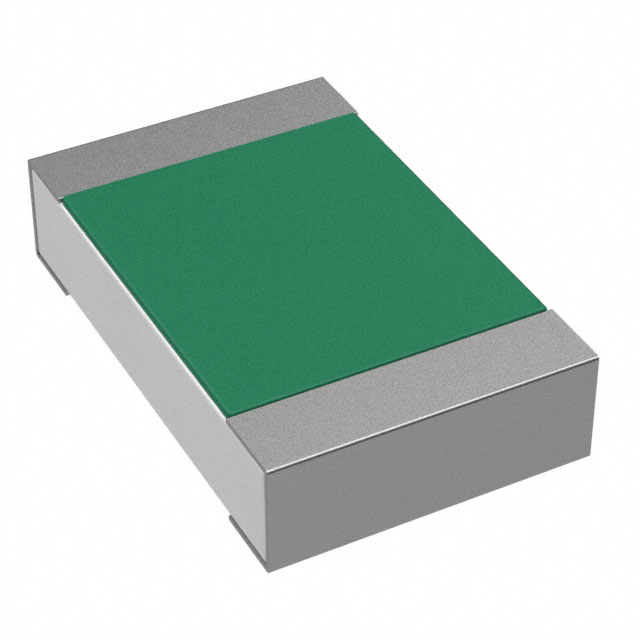
All about Voltage Divider Circuit
Global electronic component supplier ERSAELECTRONICS: Rich inventory for one-stop shopping. Inquire easily, and receive fast, customized solutions and quotes.
What is a Voltage Divider Circuit?
A voltage divider circuit is a fundamental electronic circuit used to divide a voltage into smaller fractions. It consists of a series combination of two or more resistors connected across a voltage source. The output voltage is taken from the junction between the resistors. The purpose of a voltage divider circuit is to provide a reduced voltage level suitable for various applications such as biasing transistors, controlling the intensity of LEDs, or providing reference voltages for analog circuits.
The operation of a voltage divider circuit is based on the principle of Ohm's Law, which states that the voltage across a resistor is directly proportional to the current flowing through it. In a voltage divider, the total voltage across the series combination of resistors is divided proportionally among the resistors based on their resistance values. The ratio of the individual resistor values determines the division ratio of the voltage.
Let's consider a simple voltage divider circuit with two resistors, R1 and R2. The input voltage, Vin, is applied across the combination of resistors. The voltage across R1, V1, can be calculated using Ohm's Law as V1 = (R1 / (R1 + R2)) * Vin. Similarly, the voltage across R2, V2, is given by V2 = (R2 / (R1 + R2)) * Vin. The sum of V1 and V2 equals Vin, satisfying the conservation of voltage.
The division ratio of the voltage can be adjusted by selecting appropriate resistor values. If R1 is much larger than R2, V1 will be larger than V2, resulting in a voltage division that favors V1. Conversely, if R2 is much larger than R1, V2 will be larger, favoring V2. By choosing different resistor values, various voltage ratios can be achieved.
It's important to note that a voltage divider circuit has limitations. One major limitation is that it is sensitive to the load connected to the output. The output voltage will change if the load resistance is significant compared to the resistor values used in the divider circuit. Additionally, the voltage divider circuit is susceptible to variations in the input voltage and temperature changes, which can affect the accuracy of the output voltage.
Voltage divider circuits find applications in a wide range of electronic systems. They are commonly used as reference voltage sources for analog-to-digital converters (ADCs) and digital-to-analog converters (DACs) to establish voltage reference levels. Voltage dividers are also employed in electronic sensors and transducers to scale down the output voltage to a suitable range for measurement or processing. Moreover, voltage dividers are utilized in biasing circuits to set the operating point of transistors and other active electronic components.
In summary, a voltage divider circuit is a simple yet essential circuit used to divide a voltage into smaller fractions. It relies on the principle of Ohm's Law to divide the voltage across a series combination of resistors. The division ratio is determined by the relative values of the resistors. Despite its simplicity, a voltage divider circuit serves as a building block for many electronic applications, providing scaled-down voltages for various purposes.
Voltage Divider Circuit Diagram

How Does a Voltage Divider Work?
A voltage divider is an essential electronic circuit that allows for the division of a voltage into smaller fractions. It operates by utilizing a series combination of resistors connected across a voltage source. The output voltage is obtained from the junction between the resistors. The main principle behind a voltage divider is Ohm's Law, which states that the voltage across a resistor is directly proportional to the current flowing through it.
In a voltage divider circuit, the total voltage applied across the series combination of resistors is divided proportionally among the resistors based on their resistance values. This is achieved by the flow of current through the resistors. When a voltage is applied across the series of resistors, the same current passes through each resistor due to their connected arrangement.
For your reference, below I present a related video:
The Advantages and Disadvantages of Voltage Divider Circuit
Voltage divider circuits offer several advantages and disadvantages, which are important to consider when designing and implementing electronic systems.
Advantages:
1. Simplicity: Voltage divider circuits are relatively simple to implement. They require only a series combination of resistors, making them easily understood and accessible for both beginners and experienced engineers.
2. Cost-Effectiveness: Voltage divider circuits are cost-effective due to their minimal component requirements. Resistors are inexpensive and readily available, making voltage dividers a cost-efficient solution for voltage scaling and reference voltage generation.
3. Versatility: Voltage divider circuits are versatile and can be tailored to suit various applications. By selecting appropriate resistor values, different voltage ratios can be achieved, allowing for flexibility in voltage scaling and reference voltage generation.
4. Size Efficiency: Voltage divider circuits are compact since they typically require only resistors and minimal additional components. This makes them suitable for integration into space-constrained electronic devices or circuits.
Disadvantages:
1. Sensitivity to Load: Voltage divider circuits are sensitive to the load connected to the output. If the load resistance is significant compared to the resistor values used in the divider circuit, it forms a parallel path with one of the resistors, affecting the voltage division and altering the output voltage. This sensitivity can limit the accuracy and stability of the output voltage.
2. Limited Output Current: Voltage divider circuits are not suitable for applications that require high output currents. As the load resistance decreases, the current flowing through the resistors increases, resulting in a significant voltage drop across the resistors. This can lead to a reduced output voltage and limitations in the current that can be drawn from the circuit.
3. Tolerance and Stability: The accuracy and stability of the output voltage in a voltage divider circuit can be influenced by variations in resistor values and changes in temperature. Resistor tolerances can introduce errors in the voltage division, impacting the precision of the output voltage. Temperature changes can also affect the resistance values, leading to variations in the output voltage.
4. Power Dissipation: Voltage divider circuits may dissipate power across the resistors, particularly when the input voltage is high or when the resistance values are relatively low. This power dissipation can result in heat generation, which needs to be considered and managed to prevent overheating and potential damage to the circuit components.

Conclusion
In summary, voltage divider circuits offer simplicity, cost-effectiveness, versatility, and compactness. However, they also have limitations, including sensitivity to the load, limited output current capability, tolerance and stability issues, and power dissipation concerns. When implementing a voltage divider circuit, it is important to carefully consider these advantages and disadvantages to ensure that the circuit meets the specific requirements of the application while mitigating any potential drawbacks.
Related Articles
- ·Insulated Gate Bipolar Transistor (IGBT): The Dragon Rider of High-Power Circuits
- ·Transistor Symbol: The Blockbuster Guide (With Zero Boring)
- ·ICD Electronics: Tiny Lightning, Relentless Reliability
- ·Smart Pill Dispensing Electronics: From Missed Doses to Mission Control
- ·Conditional Access Module (CAM): The Pay-TV Gatekeeper Engineers Actually Enjoy Reading About
- ·NC Formula Semiconductor: The Blockbuster Guide You Didn’t Know You Needed
- ·Electrosurgery Electronics: Turning RF Into a Surgical Superpower
- ·Endoscopic Imaging Electronics: Tiny Optics, Big Picture
- ·Instrument Cluster: The Dashboard Wizard That Makes You Feel Like Iron Man
- ·X-ray & CT Electronics: From Kilovolts to Reconstruction



















.png?x-oss-process=image/format,webp/resize,h_32)










